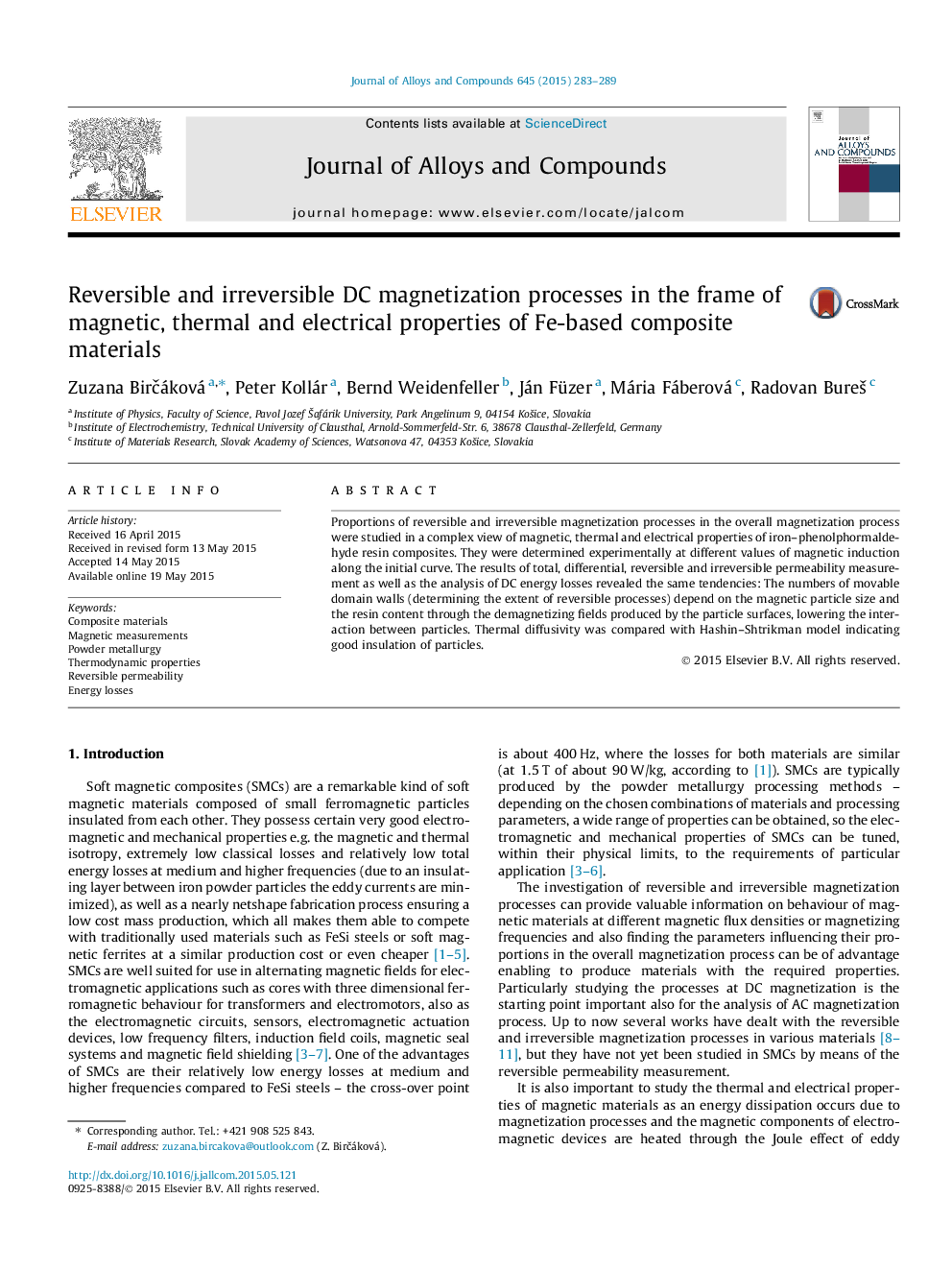| Article ID | Journal | Published Year | Pages | File Type |
|---|---|---|---|---|
| 7216351 | International Journal of Engineering Science | 2015 | 7 Pages |
Abstract
A numerical study is made on the electroosmotic flow (EOF) near a polarizable metallic obstacle mounted on one of the non-conducting walls of a microchannel. The external electric field induces a Debye layer of non-uniform ζ-potential along the obstacle, which results in a non-linear electroosmotic flow. The combined effect of surface roughness and non-uniform electric double layer on the polarizable obstacle creates a vortical flow. The form of this vortical flow and its dependence on the bulk ionic concentration is analyzed. Our numerical model is based on computation of the Navier-Stokes, Nernst-Planck and Poisson equations. We have computed the governing non-linear coupled set of equations by the control volume method over a staggered grid system. Our results show that the form of the vortical flow, which develops in the vicinity of the obstacle, depends on the thickness of the Debye layer along the homogeneous part of the channel. The free-slip model, based on zero charge density in the bulk region is found to over-predict the result based on the present model. However, the present model approaches the free-slip model when the bulk ionic concentration is considered to be sufficiently strong.
Related Topics
Physical Sciences and Engineering
Engineering
Engineering (General)
Authors
Subrata Bera, S. Bhattacharyya,
